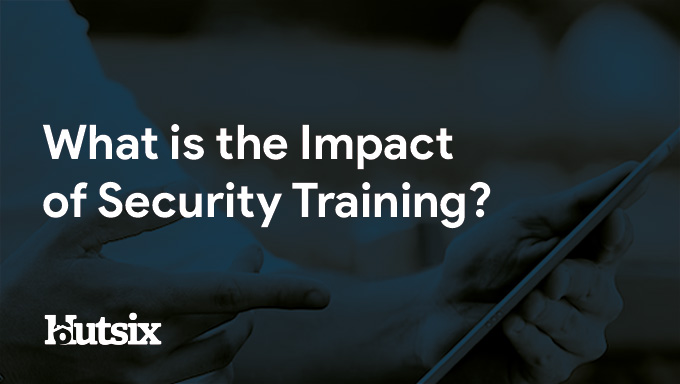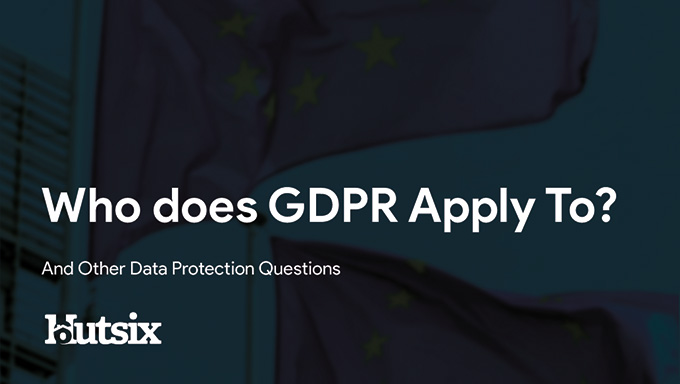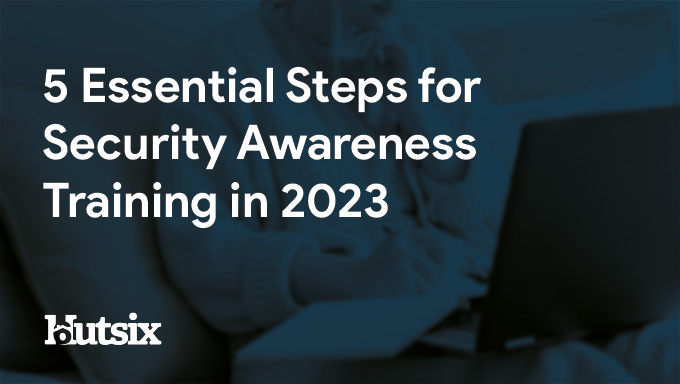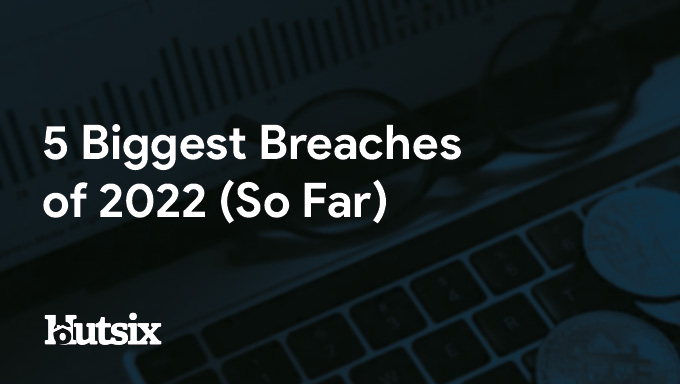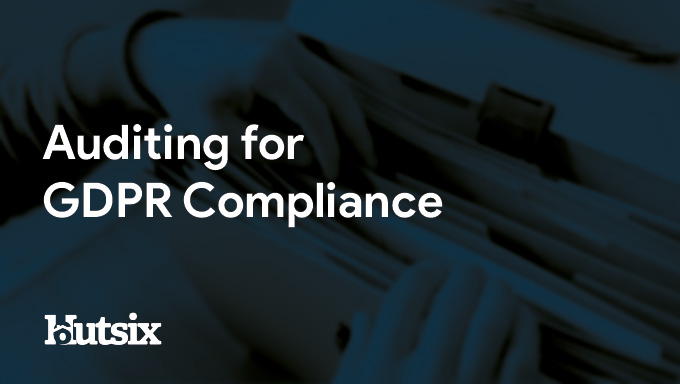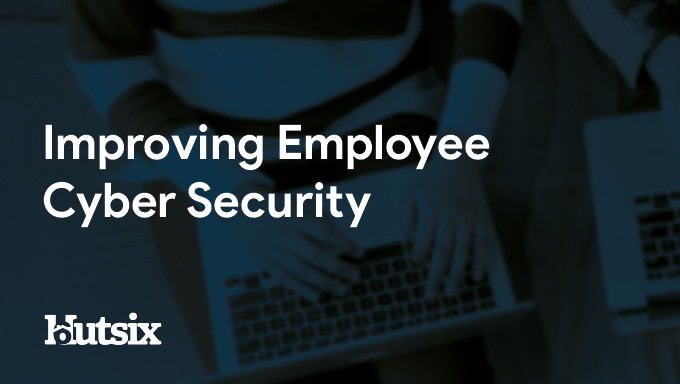Busted: 3 Common Security Awareness Myths
Security threats are evolving daily, and while organisations are investing heavily in sophisticated technologies to mitigate these risks, the human element remains a critical focus. Many organisations deploy security awareness training to equip employees with the knowledge and skills to recognise and respond to these threats. However, misconceptions surrounding security awareness training continue to persist.
Despite its importance, security awareness training is often misunderstood or underestimated. Myths persist, leading some to question its value or approach it in a way that undermines its effectiveness.
In this blog, we’ll tackle three of the most common misconceptions about security awareness training and explore why, when done right, it’s a vital piece of any organisation’s cybersecurity strategy.
Looking to learn more about Information Security?
Talk to one of our experts about effective training now.
Myth #1: Security Awareness Training Doesn't Work
It's understandable to approach security awareness training with scepticism, especially in an era where cybersecurity threats constantly evolve. Some believe no amount of training can truly prepare employees for the complexities of modern cyberattacks. However, empirical evidence strongly refutes this notion. Security awareness training not only works but is a proven method to reduce human susceptibility to common threats like phishing and social engineering.
Studies have consistently demonstrated the effectiveness of Security Education, Training, and Awareness (SETA) programs. For example:
A 2023 study found that SETA programs can reduce phishing susceptibility by as much as 50%.
Application-level skills, such as recognising suspicious emails or unsafe links, have a longer-lasting impact compared to technical knowledge.
Of course, the effectiveness of security awareness training can vary depending on how it's delivered and how often it's refreshed. While there's a valid argument that the benefits of training may fade over time, some types of knowledge, especially at the application level, stay ingrained in employees' behaviour longer.
For a deep dive into how often security awareness should be conducted check out our blog.
Ultimately, regular refresher courses, timely updates on new threats, and varied training formats help keep security top-of-mind. By investing in ongoing education, organisations can turn their workforce into a strong first line of defence against cyberattacks.
Myth #2: A Single Solution
We all wish there were a single, perfect solution for every problem. Just like the latest health craze promises---"Eat this snack and you'll be healthy!"---many organisations might hope that purchasing one training package will solve all their security issues. However, cybersecurity training is far more nuanced, and there's no such thing as a one-size-fits-all approach.
Different employees have different learning styles, experiences, and vulnerabilities. A 2021 study highlighted that tailoring cybersecurity training to the specific characteristics of different generations - Baby Boomers, Generation X, Millennials, and Generation Z---can significantly enhance its effectiveness. Younger generations, for instance, may feel more confident with technology but could still be vulnerable to sophisticated social engineering techniques. On the other hand, older generations might benefit from more foundational training on recognising phishing emails or handling suspicious links.
Research also suggests that using multiple delivery methods to convey the same security message has a greater impact than a single, generic approach. Presenting security messages through a mix of formats---text-based content, videos, interactive scenarios, and even game-based training---helps capture a wider audience. While some employees may absorb information best through detailed guides, others may find simulations or games more engaging and effective in changing their behaviour.
The key takeaway is that security awareness training should never be a "set it and forget it" solution. Instead, it should be adaptable, dynamic, and designed to resonate with different types of learners across an organisation. By embracing a multi-faceted and tailored approach, companies can foster a culture of cybersecurity awareness that is effective for everyone.
Myth #3: Humans Are the Weakest Link
The phrase "humans are the weakest link" is often heard in discussions about cybersecurity. While human error can contribute to security incidents, this view overlooks the strengths humans bring to security and downplays the vulnerabilities of technology. Both humans and systems have their strengths and limitations, and treating humans as the weakest link oversimplifies the issue.
One of the most valuable abilities humans offer in a security context is intuition and pattern recognition. Our cognitive skills allow us to detect anomalies that automated systems might miss. Systems rely heavily on digital input and predefined logic, which can struggle with novelty or unforeseen situations. Humans, on the other hand, can recognise when something seems "off" based on gut feeling, experience, or subtle cues. This intuition is especially important for spotting social engineering attacks or new, sophisticated threats.
Additionally, many significant security breaches result from technological vulnerabilities, not human error. Zero-day exploits, software bugs, and hardware flaws can compromise even the most secure systems. These vulnerabilities are beyond the control of employees, and no amount of training can prevent them. In fact, technological failures often require human intervention to detect and mitigate the damage.
Instead of viewing humans as the weakest link, it's more accurate to recognise that both humans and systems play unique roles in a strong security posture. By integrating well-designed security awareness training with advanced technological defences, organisations can leverage the strengths of both to create a more resilient security framework.
Security awareness training remains a critical element of any cybersecurity strategy. While myths may suggest it's ineffective or that a single solution fits all, evidence shows otherwise. Tailored, ongoing training reduces vulnerabilities and addresses the diverse needs of a modern workforce. Additionally, humans bring strengths like intuition and pattern recognition, which can catch threats that automated systems miss.
By investing in ongoing, dynamic, and adaptable security awareness training, organisations can empower their employees to become a crucial line of defence, complementing the technological safeguards in place. The human factor, far from being a weakness, is an essential part of a balanced and effective cybersecurity posture.
Security Awareness for your Organisation
Enjoyed our blog? Learn more about how Hut Six can help improve you security awareness with training and simulated phishing. Start a free trial now, or book a meeting with one of our experts.
Featured
What is the Impact of Security Awareness Training? - Hut Six
Discover the Impact of Security Awareness Training: Prevent breaches, foster culture, & build trust.
What is Personal Data?
Learn about personal data, its types, and significance in data protection. Explore general and special category data, as well as pseudonymised and anonymised data under the GDPR.
Who Does GDPR Apply To?
Who Does GDPR Apply To? And Other Data Protection Questions/ Information Security blog by Information security awareness provider Hut Six Security.
Does ChatGPT Pose a Cybersecurity Risk
In this blog post, we explore whether AI chatbots like ChatGPT pose a cybersecurity risk. We delve into the potential vulnerabilities and threats posed by chatbots, and discuss measures that can be taken to mitigate these risks. Read on to discover how you can ensure the security of your organisation's chatbot interactions.
How Do I Get Cyber Essentials Certified?
Learn how to obtain Cyber Essentials certification and enhance your organization's cybersecurity posture with our comprehensive guide. Our expert insights will help you navigate the certification process to meet the requirements for Cyber Essentials.
Essential Steps for Security Awareness Training
Starting a security awareness training campaign? Here are 5 essential steps to help ensure information security success.
Malicious Insider Threats - Meaning & Examples
Malicious insider threats can cause massive problems. Here we examine some of the motivations behind attacks and methods of detection organisations can use to reduce risk.
5 Biggest Breaches of 2022 (So Far)
Five of the biggest and most significant data breaches, hacks, and information security attacks of 2022 (so far).
Auditing for GDPR Compliance
Questions to consider when auditing your business or SME for General Data Protection Regulation (GDPR) compliance.
Improving Employee Cyber Security
With human error responsible for many breaches and attacks, we offer some helpful areas for improving employee security compliance.



